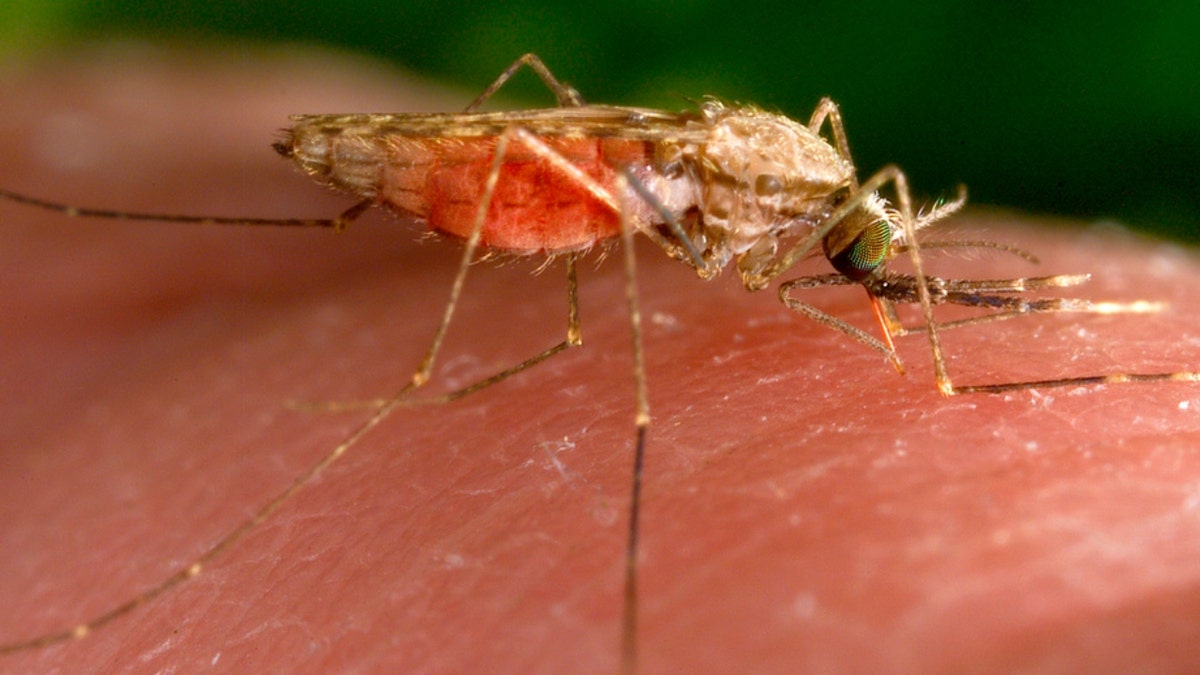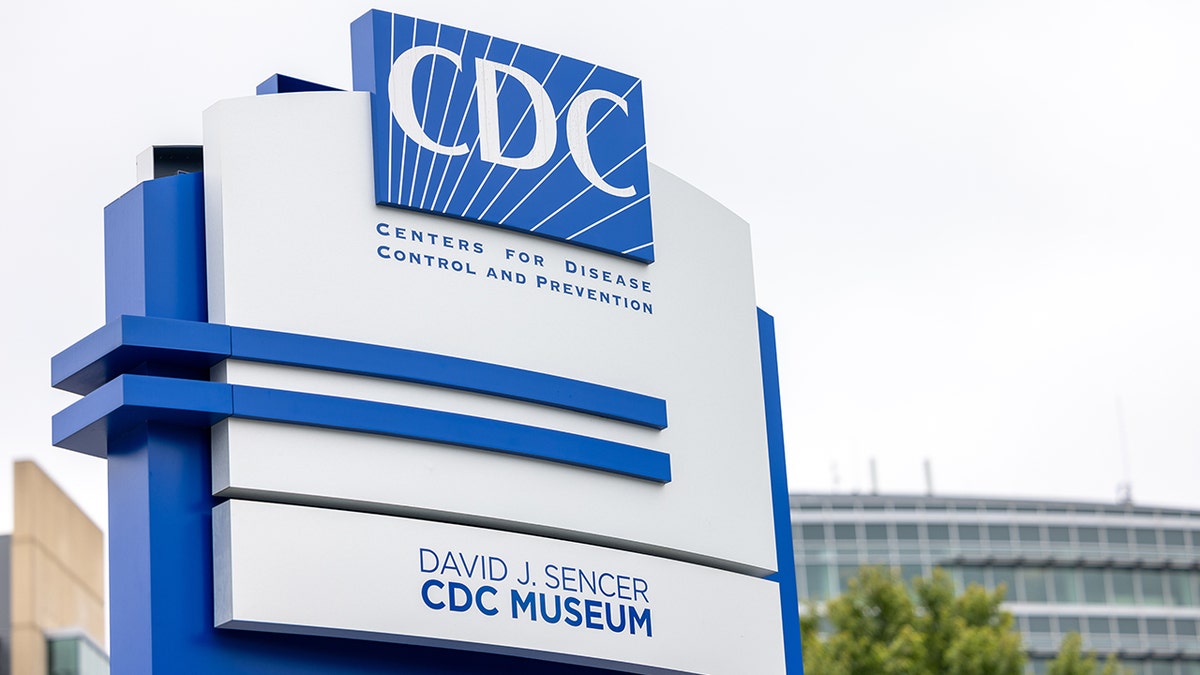Don’t rule out malaria just because you haven’t traveled anywhere.
In light of recent locally acquired cases in the U.S., the lack of international travel should not exclude a diagnosis of malaria when Americans have unexplained fever — especially if they develop new anemia.
That’s according to a recent Centers for Disease Control and Prevention (CDC) Health Alert Network update.
“While malaria contraction is most commonly associated with travel abroad, there have been recent cases of locally acquired mosquito-transmitted malaria,” Dr. Obinna Nnedu, infectious diseases specialist and medical director of the travel medicine clinic at Ochsner Health in New Orleans, Louisiana, told Fox News Digital.
MARYLAND HEALTH OFFICIALS REPORT POSITIVE CASE OF ‘LOCALLY ACQUIRED’ MALARIA
“These cases are rare,” he added.
“However, it’s important to understand that Anopheles mosquitoes breed in still containers and puddles of water outdoors and they prefer to bite humans in the evenings and at nighttime.”

This 2014 photo made available by the U.S. Centers for Disease Control and Prevention shows a feeding female Anopheles gambiae mosquito. The species is a known vector for the parasitic disease malaria. In 2023, the United States has seen some cases of malaria spread by mosquitos — the first time there’s been local spread in 20 years. (James Gathany/CDC via AP, File)
Four different species of the genus Plasmodium mainly cause malaria in humans: P. falciparum, P. vivax, P. malariae and P. ovale.
Here’s a breakdown.
‘Rapid diagnosis’ is key
The CDC health alert highlights the species that causes the most severe form of malaria — P. falciparum, which was reported to cause a single case of malaria in Maryland in the National Capital Region on Aug. 18, 2023.
“P. falciparum malaria can rapidly cause severe illness and even death if not quickly diagnosed, therefore rapid diagnosis and treatment is imperative,” the report said.
YET ANOTHER COVID VACCINE? AS BIDEN CALLS FOR NEW FUNDING, HEALTH EXPERTS SOUND OFF: ‘A SLIPPERY SLOPE’
A previous health alert on June 26, 2023, described seven cases of malaria in Florida and one case in Texas that were acquired locally without international travel.
“CDC’s national malaria system works quickly and effectively to identify cases of malaria and connect patients to treatment.”
These cases were unrelated to the Maryland case and were secondary to a different species known as P. vivax, which generally causes a milder form of the disease.
“CDC’s national malaria system works quickly and effectively to identify cases of malaria and connect patients to treatment,” a CDC spokesperson told Fox News Digital.

A view of the sign of Center for Disease Control and Prevention headquarters is seen in Atlanta, Georgia, on Aug. 6, 2022. “The current risk of malaria in the U.S. is very low,” a CDC spokesperson emphasized to Fox News Digital in August 2023. (Nathan Posner/Anadolu Agency via Getty Images)
The last report of local transmission of malaria was in mid-July in Florida; before that, it was in June in Texas. All patients are improving after receiving treatment.
Before this year, the last cases of local transmission of malaria in the U.S. occurred in 2003, when eight cases were reported in Palm Beach County, Florida, due to P. vivax malaria, according to the report.
“The current risk of malaria in the U.S. is very low,” a CDC spokesperson emphasized to Fox News Digital.
What is malaria?
Malaria is caused by a parasite — most often by the bite of a female mosquito of the genus Anopheles that is infected with the disease.
The Anopheles mosquitoes are found throughout many parts of the country, according to the CDC.
After these mosquitoes feed on someone infected with malaria, they transmit the parasite by biting another person who’s not infected.
It is a global disease, causing over 240 million cases a year; the vast majority of cases — 95% — come from Africa.
Although rare, the illness can also be transmitted during pregnancy from the mother to the fetus, as well as through a blood transfusion, organ transplantation or unsafe needle sharing, according to the CDC.
PIG KIDNEY STILL FUNCTIONING IN BRAIN-DEAD MAN 6 WEEKS AFTER TRANSPLANT SURGERY: ‘EXTREMELY ENCOURAGING’
It is a global disease, causing over 240 million cases a year, but the vast majority — 95% — come from Africa, per the CDC.
Almost all malaria cases in the U.S. occur in international travelers — often from sub-Saharan Africa or South Asia — mostly during the summer and early fall.
Prior to the COVID-19 pandemic, approximately 2,000 cases were diagnosed annually in the U.S., with 300 people having severe disease mostly due to P. falciparum; only five to 10 people typically die every year in the U.S. from malaria.
Symptoms of malaria
“Once a mosquito is infected with a malaria parasite, it takes between two and three weeks for the parasite to develop into a form that is infectious to humans,” Nnedu told Fox News Digital.
Certain species, like P. vivax and P. ovale, remain “dormant” in the liver in a form called hypnozoites. They are considered “hypnotized” until they leave the liver, so it can take a year or more to develop symptoms after an infection, according to experts.

“Malaria in humans usually presents with fevers,” said one expert. “Other symptoms may include body aches, headaches and shortness of breath.” (iStock)
“Malaria in humans usually presents with fevers,” Nnedu said. “Other symptoms may include body aches, headaches and shortness of breath.”
Although rarely observed, one classic clue of infection with P. falciparum and P. vivax is a fever that arrives like clockwork every other day, the CDC says.
Microscopy is ‘gold standard’
“The gold standard for malaria diagnosis is microscopy,” Nnedu noted.
After a drop of blood is placed on a glass slide, it’s then smudged to spread the blood, creating a “blood smear,” per the CDC.
The slide is then given a special stain that will help identify any malaria species that may exist under the microscope.
“To effectively rule out malaria, one must have three negative blood smears on microscopy spaced out by 12 hours,” Nnedu added.

A doctor is shown looking at lab results. “To effectively rule out malaria, one must have three negative blood smears on microscopy spaced out by 12 hours,” an infectious diseases specialist said. (iStock)
There are also rapid diagnostic tests, which are “equally effective at diagnosing malaria,” he added.
Prevention of malaria
“To help lower your risk of contact with potentially infected mosquitoes, emptying standing containers of water outside of homes is important,” Nnedu recommended.
“You can also consider getting mosquito nets for windows and doors of homes and using mosquito repellant that contains 20% DEET when outdoors,” he said.
CLICK HERE TO SIGN UP FOR OUR HEALTH NEWSLETTER
He reminded people to apply mosquito repellant after using sunscreen.
Mosquito repellant is effective for six hours — but sweating or perspiration will decrease the amount of time the mosquito repellant is effective, Nnedu said.
CLICK HERE TO GET THE FOX NEWS APP
“The best way to protect yourself from malaria, and other diseases spread by mosquitos like West Nile Virus, is to prevent mosquito bites by using insect repellant, wearing loose-fitting shirts and pants, and taking steps to control mosquitoes indoors and outdoors,” a CDC spokesperson told Fox News Digital.

